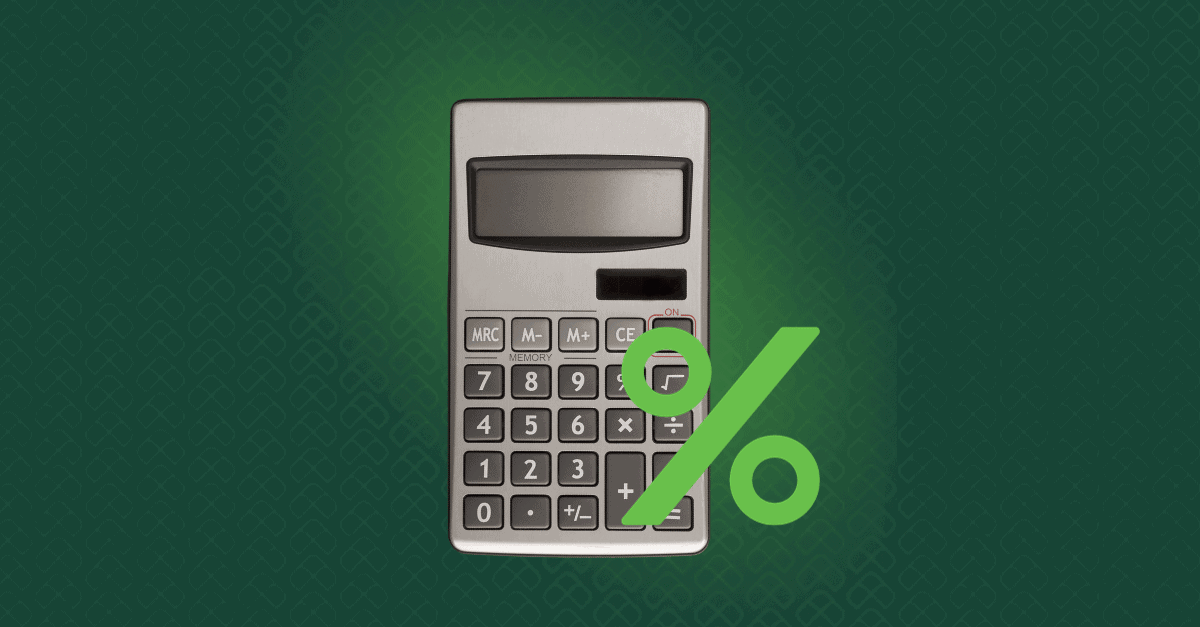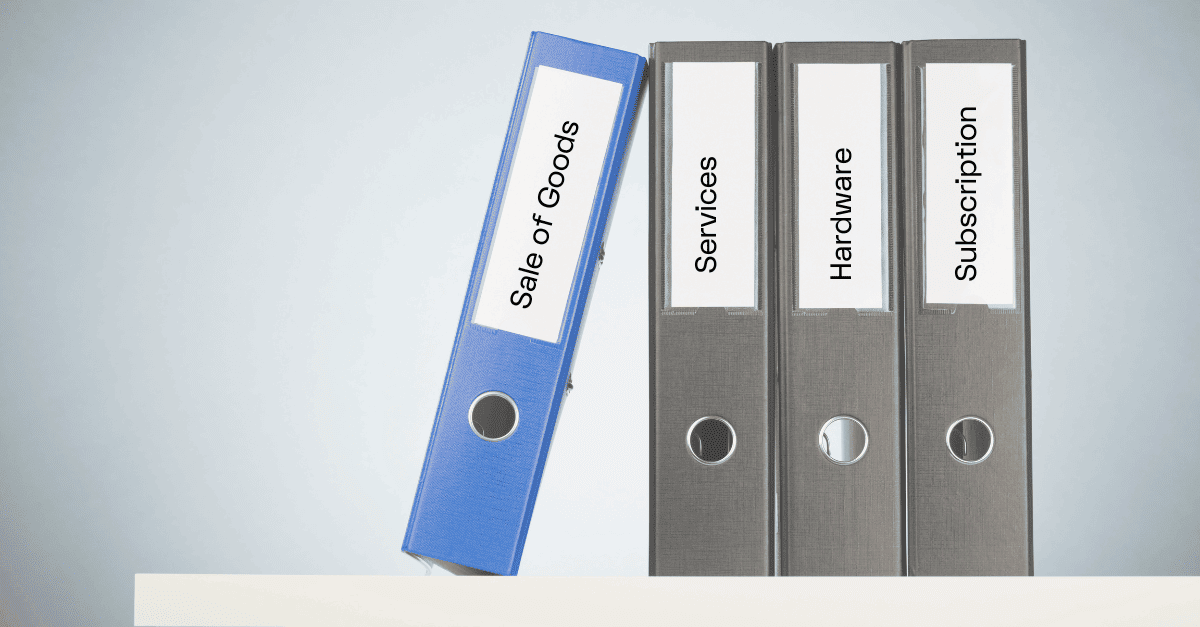There is more than one way to recognize revenue, even on the same contract, project, or performance obligation.
You can attribute revenue to when you complete a key event, finish a portion of a project, or receive payment. Knowing when to utilize each method is key to accurately portraying your finances and cash flow to owners, investors, and other interested parties.
The latter of these — recognizing revenue when payment is received— is known as the installment method. It can help you spread generated income across multiple accounting periods to mitigate capital gains and other tax obligations.
Let’s consider the primary use cases for the installment sales method, how it calculates revenue, and the best practices for implementing it in your accounting procedures.
Understanding the Installment Method
The installment sale method links revenue recognition to the period you receive payment. It requires the buyer to make separate payments during each accounting period of an extended contract. These installment obligations split revenue across multiple years to limit taxation and simplify bookkeeping procedures.
This strategy, recognized by ASC 606, can be used in various sectors, including the service industry, defense, and real estate. Someone selling a business or investment property, for instance, could receive a lump sum payment subject to 20% taxation on its fair market value or more. However, with the installment method, deferred gross profit across multiple years lowers the seller’s actual obligations.
The installment method isn’t only useful for capital gains tax purposes, either. It also:
- Expedites revenue recognition, as you’ll have to keep recording the trickling profits as a consistent revenue stream rather than as a one-off event
- Offers buyers more payment flexibility
- Creates more leeway on assets’ selling price, as less of seller’s gains will go to the taxes
Accordingly, the installment method proves a popular choice with sellers, buyers, and companies of all kinds who are opting to utilize it instead of methods like:
- The accrual method: The accrual method presents an accounting strategy opposite to the installment method, in which revenue is attributed to the period in which it’s earned and realized but not necessarily received.
- The cash method: Using the cash method, you report income in the accounting period in which it’s received. However, unlike the installment method, this relies on receiving a lump sum rather than a series of installment payments.
Key Components of the Installment Method
The installment method breaks down your larger earnings from asset sales into smaller sums using gross profit percentage. This is the income you’ll report for each installment payment, and you can calculate it by:
- Take the selling price of your asset and subtract your adjusted basis (i.e., the amount you invested in it), any selling expenses paid (e.g., legal fees relating to the sale), and depreciation.
- The resulting figure equals your gross profit. If the figure exceeds zero, it can be used to find your gross profit percentage.
- Divide your gross profit by your contract price (i.e., the mortgage, debts, and liabilities that work against your profit) to determine your gross profit percentage.
This gross profit percentage is the basis of your taxes in a given accounting period to be paid on top of ordinary income, personal property tax, and other obligations.
Generally, buyers and sellers determine the terms of an installment plan based on the contract’s total value and length. The sale of a $1,000,000 asset, for instance, could be broken down into 20 annual installments of $50,000.
As installment payments roll in, you can begin recognizing them as income, inserting them into the gross profit percentage formula, and including them on your balance sheets.
How the Installment Method Works
The installment sales method can be broken down into a series of steps, including:
- Selling goods and services: Like all other business agreements, installment sale transactions occur when two parties come to the terms of a contract. This means the paid transfer of goods or services from a seller to a buyer in installments.
- Receiving installment payments: Buyers begin making payments per the established agreement’s terms. These payments generally include adequate stated interest under the contract’s conditions.
- Recording payments and income: The gross profit percentage formula outlined above records payments to the general ledger.
Suppose you sell a $20,000 asset that originally cost you $4,000. You could use this method to split the installments across four accounting cycles, with the financial statements for each period breaking down as follows:
- Cash (debit): $5,000
- Accounts received (credit): $5,000
- Deferred gross profit (debit): $4,000
- Cost of goods sold (debit): $1,000
- Sales revenue (credit): $5,000
Examples of the Installment Method
Let’s envision a fictional transaction: A buyer approaches you regarding real and personal property you’re ready to sell. You agree to a $500,000 transaction price to be paid out over ten years. Each installment would equal $500,000/10, or $50,000 in such a case.
While this would be the amount posted to your books as an account receivable, it’s not necessarily the amount you’ll report and be taxed on. As mentioned, you’ll have to subtract other related expenses, such as:
- Selling fees
- Your investment in the property
- Depreciation
These amounts will vary from sale to sale, but once they’re removed from the figure you earn from installment payments, you’ll be able to find your gross profit percentage and complete your balance statement.
When selling a less definitive asset, such as a service contract, we can take a similar approach to recognizing revenue. First, determine the contract value and length and calculate accordingly to find the total for each installment payment. Then, work out your balance sheet similarly to conventional assets while substituting business-related costs for selling fees, personal investments, and similar expenses.
Advantages of the Installment Method
Utilizing the installment method over other revenue recognition processes helps to bolster your:
- Cash flow management: With installment payments, you’ll have a steady source of income streaming over multiple years rather than one lump sum gained all at once. This gives you a recurring income to manage future investments and business decisions.
- Revenue recognition over time: By recognizing revenue over time based on payments, you are reducing the risks around overstating revenue for each contract. This allows for a very conservative approach to reporting your financials with minimal restatement risk.
- Matching of revenue and expenses: By reassessing your expenses in each accounting period, you’ll be able to better align the amount you invest in your property and spend on its sale with the amount you receive from your buyer.
Disadvantages of the Installment Method
Despite facilitating smooth cash flow management and adding flexibility to the sale of large assets, the installment method does carry a few notable downsides, including:
- Potential income fluctuations: $50,000 today differs from $50,000 next year. Inflation decreases each dollar’s value every subsequent year, and sometimes, it’s better to take a lump sum than bank on future returns.
- Complex accounting records: One-off sales are simple transactions on your ledger, but recurring payments require you to calculate expenses, interest, and other factors repeatedly. Accounting procedures can become even more complex during contingent payment sales (when the specifics of payments are based on future events) and when contingent payments start rolling in.
- Potential tax and interest implications: While the installment method generally helps avoid paying excess capital gains tax, your actual obligations will depend on the value and nature of your sale. For example, real estate brokers are excluded from using the installment method, and private sellers whose aggregate sales top $5,000,000 (or $150,000 for a single home) must pay interest.
Real-World Applications
Real estate sales are a prime use case for the installment method. Think of a conventional mortgage—a series of installment payments split up over a 15, 20, or 30-year period. The installment method is particularly useful for sellers who can personally finance their buyers, as this limits taxation to the amount received in each accounting period.
Other similar scenarios where the installment method works best include:
- Defense agreements where contractors deliver services on an annual basis
- Enterprise sales where intellectual property and funds will change hands throughout an extended period
- The sale of other valuable assets, such as vehicles, machinery, or factories
While the installment method is essential for real estate and similar industries, if you’re looking for accounting automation software to recognize revenue, you should invest in a solution that can handle diverse revenue recognition methods.
Manage Your Installment Recognition and Other Revenue Needs with RightRev
The installment method provides more freedom for buyers and sellers to agree, spaces out tax obligations over successive accounting periods, and can help you better manage your cash flow. Calculating installment payments—alongside your investments, expenses, and tax obligations—can be rather tedious and difficult to manage.
Luckily, RightRev is an easy-to-use revenue recognition software that can handle complex accounting like recognizing revenue based upon installments. With customizable recognition rules, you can set your revenue triggers for when and how to recognize revenue and rest easy knowing your books will be calculated and balanced. Book a demo with RightRev today—you could save big money on taxes and other payment obligations.




